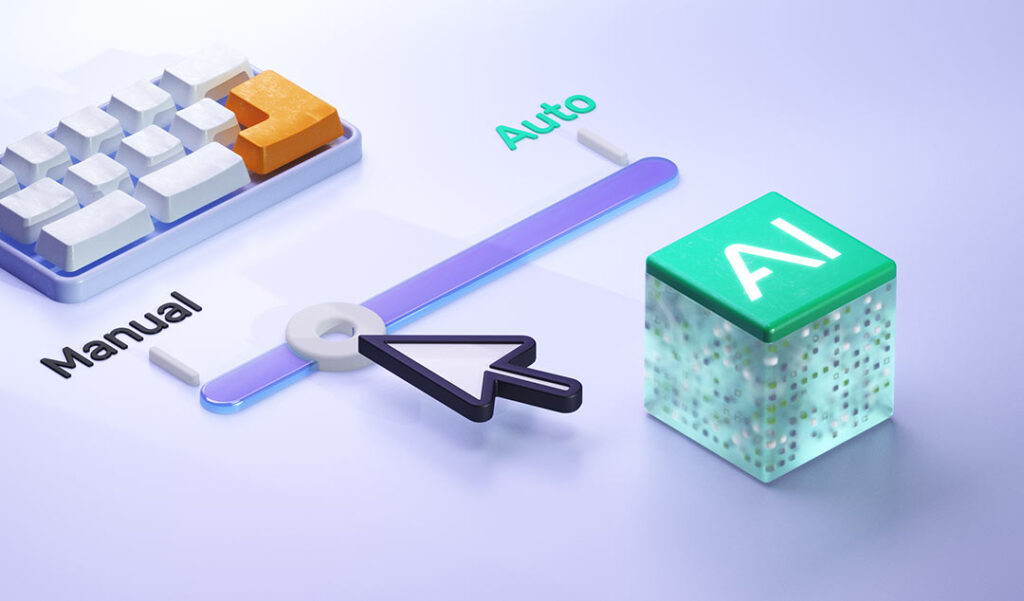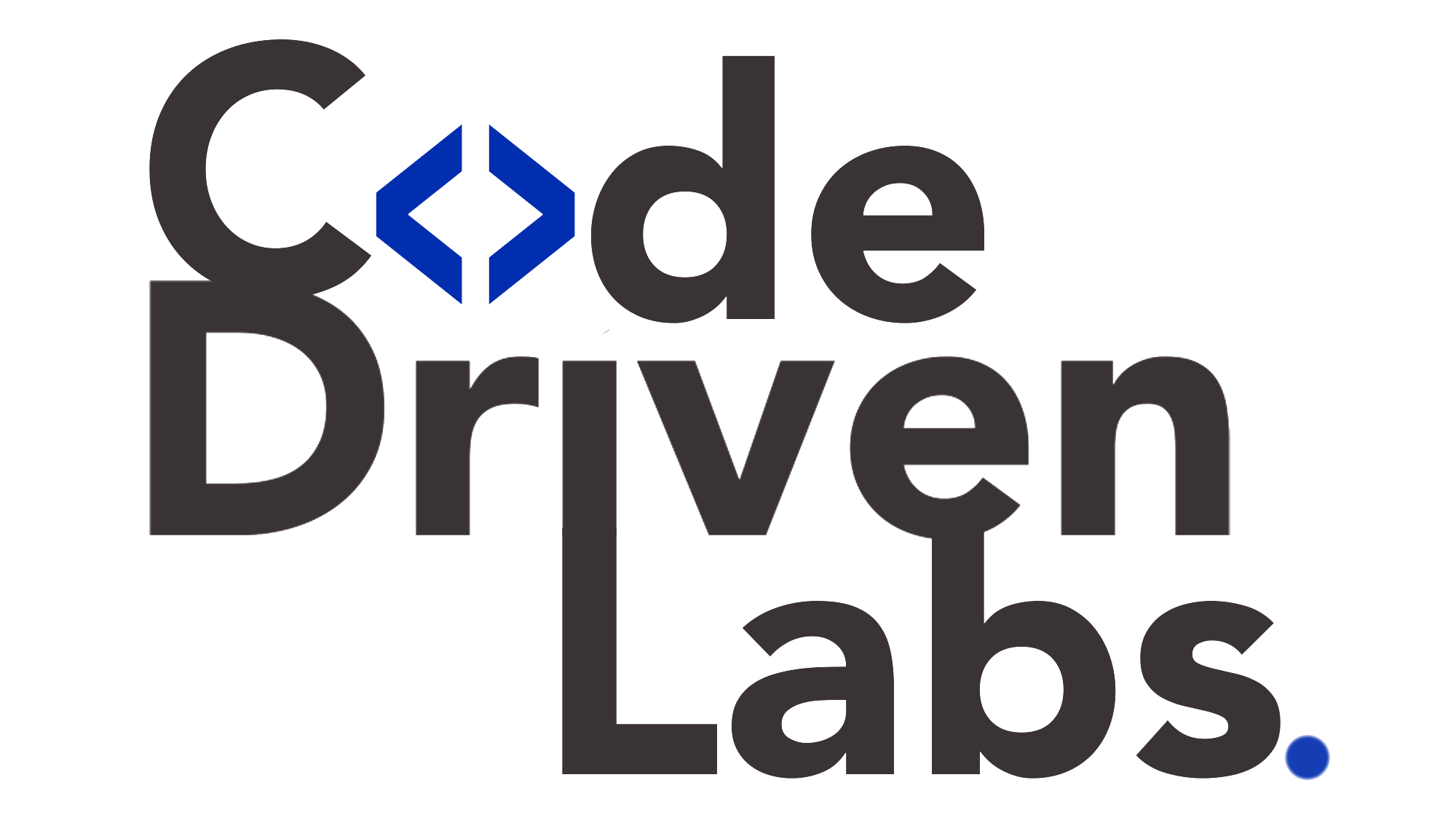Level up your business with US.
- Home
- From Code to Model: Testing AI Like a Software Engineer
From Code to Model: Testing AI Like a Software Engineer
August 6, 2025 - Blog
From Code to Model: Testing AI Like a Software Engineer
As artificial intelligence continues to redefine business workflows, customer experiences, and decision-making processes, the expectations from AI systems have also evolved. No longer are models treated as mysterious black boxes. Instead, organizations now demand reliable, testable, and maintainable AI systems, much like traditional software. This shift has given rise to a new paradigm: testing AI like a software engineer.
In this blog, we’ll explore how this software engineering mindset is reshaping AI development, and why code-driven labs are critical to enabling structured testing, rapid experimentation, and scalable deployment of machine learning models.

1. The Old Way: Fragile AI Pipelines
Traditionally, AI models were developed in experimental environments by data scientists who prioritized accuracy metrics on static datasets. Once the model was deemed “good enough,” it was handed off to engineers for integration into a production environment. Unfortunately, this handoff was fraught with challenges:
-
Code was often not reproducible.
-
Tests were limited to accuracy—not performance, fairness, or stability.
-
Data drift, distributional shifts, and changing use cases were rarely accounted for.
The result? AI systems that failed silently, degraded over time, or performed inconsistently across environments.
2. The New Paradigm: Treating AI as Software
Modern AI systems are increasingly developed with a DevOps-style mindset. This means borrowing best practices from software engineering—like version control, automated testing, CI/CD pipelines, observability, and modular codebases—and applying them to the full AI lifecycle.
This shift includes:
-
Writing unit tests for data preprocessing and feature engineering scripts.
-
Validating model outputs against expected behavior.
-
Monitoring production performance and detecting anomalies.
-
Using test-driven development (TDD) principles even during model prototyping.
The motto is clear: If it’s code, it can—and should—be tested.
3. What Does Testing AI Really Mean?
Testing AI is not as straightforward as testing traditional applications. Models are probabilistic, data-dependent, and often influenced by factors outside the developer’s control. However, a structured approach makes testing feasible and effective.
Here are the key layers of AI testing:
a. Data Validation
Before any model is trained, the data itself must be tested:
-
Schema consistency checks
-
Null or outlier detection
-
Drift analysis between training and inference datasets
-
Class imbalance and bias identification
b. Unit Testing for Code
Every preprocessing function, transformation, and pipeline component should have unit tests, just like in software:
-
Tokenizers, scalers, encoders
-
Data loaders and shufflers
-
Model input/output formats
c. Model Performance Testing
Instead of just measuring accuracy or F1 score, models should be tested for:
-
Robustness: Performance on adversarial or noisy inputs
-
Fairness: Equal treatment across demographics or classes
-
Explainability: Interpretability of model decisions
-
Latency: Real-time inference speed
d. Integration Testing
End-to-end tests validate the AI system holistically—data ingestion, transformation, inference, and output handling.
e. Regression Testing
Whenever a model is retrained or updated, tests should ensure it doesn’t perform worse than previous versions on core tasks.
4. The Role of Code-Driven Labs in AI Testing
Enter code-driven labs—integrated, collaborative environments that allow teams to write, run, test, and deploy machine learning models in a controlled, scalable, and auditable manner.
These labs are more than just notebooks. They are engineered platforms that bring the rigor of software development into the world of data science.
Here’s how code-driven labs help test AI like software:
a. Reproducibility Through Version Control
Code-driven labs integrate seamlessly with Git and other version control systems. This means:
-
Every model version can be traced back to the exact code and data used.
-
Tests are committed and maintained alongside the model code.
-
Collaboration across teams is easier with clear diffs and pull request workflows.
b. Test Automation and CI/CD Pipelines
Labs often integrate with CI/CD tools like GitHub Actions, Jenkins, or GitLab CI to enable:
-
Automated test execution on code commits
-
Continuous integration of model pipelines
-
Scheduled retraining and validation
-
Safe deployment to staging or production
This approach minimizes manual errors and ensures code quality.
c. Modular and Composable Architecture
Code-driven labs promote modular programming—each component of a pipeline (data loader, feature generator, model, evaluator) is developed and tested independently.
This makes it easier to:
-
Write focused unit tests
-
Replace or upgrade components without breaking the system
-
Reuse code across different projects
d. Real-Time Experimentation with Logging
Labs offer real-time logging and visualization, allowing users to monitor tests, outputs, and metrics immediately. This improves feedback loops and supports agile experimentation.
e. Integrated Monitoring and Observability
Many code-driven lab environments support plug-ins or integrations with tools like:
-
Prometheus and Grafana for metrics
-
Sentry for error logging
-
MLflow or Weights & Biases for model tracking
These observability tools make it easier to test for drift, bias, and performance degradation in production environments.
5. From Jupyter to Code-Driven Systems
While notebooks like Jupyter are great for experimentation, they are limited in terms of testing, automation, and team collaboration. Code-driven labs go beyond by:
-
Supporting code linters and static analysis
-
Enforcing testing frameworks like PyTest or unittest
-
Allowing test templates for common ML scenarios
-
Providing compute abstractions (e.g., Kubernetes pods, Spark jobs, or GPUs)
The transition from exploratory notebooks to structured codebases is essential to bring testing discipline into AI development.
6. Real-World Examples
Example 1: Financial AI System
A fintech company developing fraud detection models uses code-driven labs to:
-
Write unit tests for feature engineering (e.g., transaction frequency)
-
Validate models on synthetic adversarial inputs
-
Deploy models using CI/CD pipelines with rollback mechanisms
-
Monitor real-time prediction confidence intervals
Example 2: Healthcare ML Pipeline
A medical research team uses code-driven labs to:
-
Test preprocessing logic on anonymized patient data
-
Validate model sensitivity and specificity across demographic segments
-
Use test cases to prevent bias against underrepresented groups
-
Version every step of the pipeline for compliance and auditing
7. Key Tools and Frameworks for AI Testing
Some popular tools and libraries that support this approach include:
-
PyTest and unittest for test automation
-
Great Expectations for data validation
-
MLflow and DVC for experiment tracking
-
FastAPI or Flask for model serving with integration tests
-
SageMaker Studio, Databricks, or custom code-driven labs for end-to-end workflow management
8. Challenges and How to Overcome Them
a. Testing Non-Deterministic Models
Solution: Use statistical validation and confidence intervals rather than exact outputs.
b. High Compute Costs
Solution: Use cloud-native, auto-scalable labs with spot instances and caching strategies.
c. Skill Gaps Between Engineers and Data Scientists
Solution: Foster cross-functional collaboration. Code-driven labs encourage shared standards and tooling, narrowing the skill gap.
9. Looking Ahead: AI Engineering as a Discipline
The future of AI is not just in model accuracy, but in system reliability, transparency, and maintainability. Organizations will increasingly need AI engineers who can think like software developers and test like QA engineers, while still understanding the nuances of data and machine learning.
Code-driven labs will be the foundation on which this discipline is built—bringing rigor, speed, and scale to the complex world of AI development.
10. Final Thoughts
AI is no longer just a research activity. It’s software—and it should be tested like software. The transition from code to model must be predictable, observable, and auditable. Code-driven labs empower AI teams to treat their work with the same discipline as traditional engineering, ensuring safer, smarter, and more scalable AI systems.
As your organization moves toward AI maturity, investing in code-driven labs and adopting test-first development practices will be key to staying competitive in a world where AI is not just innovative—but operational.
